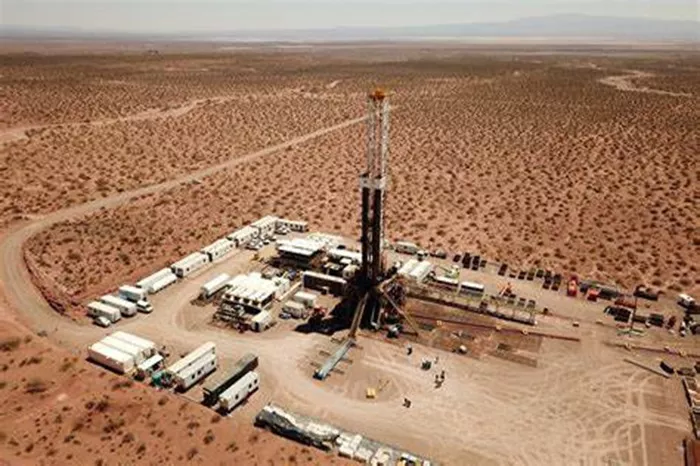Argentina’s Vaca Muerta shale basin, long heralded as a potential energy game-changer, is seeing a revival thanks to recent political shifts and market reforms. Touted as the world’s second-largest shale gas deposit and the fourth-largest resource of shale oil, Vaca Muerta has struggled to attract investment due to Argentina’s ongoing economic challenges, including capital and currency controls over the past decade.
The election of Javier Milei, a libertarian and business-friendly president, marks a significant turning point for the region. Milei has initiated market reforms aimed at attracting substantial foreign investments in the energy sector. His administration envisions that increased oil and gas exports could replenish Argentina’s dwindling foreign currency reserves.
Production Surge
In recent months, oil and gas production in Vaca Muerta has surged, signaling a shift toward exporting the nation’s vast hydrocarbon resources. Known as the “Argentinian Permian,” Vaca Muerta is more accurately compared to the Eagle Ford formation in Texas, due to its geological properties. The shale formation in Neuquen province is estimated to contain 16 billion barrels of recoverable oil and 308 trillion cubic feet of natural gas.
Recent data reveals a marked increase in fracking activity, with the number of operational wells exceeding 1,500 for the first time this year. Natural gas production has also seen significant growth, reflecting the favorable investment climate fostered by the new administration. Oil production has quadrupled over the last five years, climbing from less than 90,000 barrels per day (bpd) to nearly 400,000 bpd.
Investment Incentives
To further stimulate growth, President Milei’s government has introduced the Large Investment Incentive Regime (RIGI), designed to offer tax breaks and incentives for major investors. Officials project that this initiative could attract between $2.5 billion and $15 billion in energy investments next year, with a cumulative expectation of $30 billion in investments by 2025 and 2026.
The energy sector has already recorded its highest oil production levels in 15 years during the first half of 2024, alongside a record for natural gas output in 17 years. As a result, Argentina has begun reporting monthly energy trade surpluses, positioning the nation for a potential annual surplus in energy trade for 2024.
Export Opportunities
As Argentina aims to capitalize on Vaca Muerta’s potential, the region becomes increasingly vital amid global supply concerns, particularly regarding oil exports from the Middle East and Russia. The Argentine oil and gas industry association, CEPH, anticipates oil production will exceed 1 million bpd by 2030, up from the current 400,000 bpd. Independent producer Vista Energy, Argentina’s second-largest shale producer, plans to invest approximately $1.1 billion into Vaca Muerta.
Miguel Galuccio, founder and CEO of Vista Energy, recently remarked, “In 2012, Vaca Muerta was for believers. Today, Vaca Muerta is for engineers,” highlighting the significant production advancements now achievable.
With infrastructure developments underway, including a pipeline connecting Vaca Muerta to a port capable of accommodating supertankers, Argentina is poised to enhance its export capabilities. Furthermore, Golar LNG’s recent agreement with Pan American Energy to deploy a Floating Liquefied Natural Gas (FLNG) vessel signifies progress toward exporting liquefied natural gas (LNG) and further monetizing Vaca Muerta’s vast resources.
Despite the potential, challenges remain. Argentina’s infrastructure development, particularly for gas pipelines, is lagging, necessitating private investment to unlock the full promise of its shale reserves. Galuccio asserts, “We’ve proven the quality of Vaca Muerta’s formation is second to none, [even greater] than the US’s Permian Basin,” underscoring the region’s significant untapped potential.
Related topic:
What Kind Of Fossil Fuel Is Shale Gas?
Bhutan Secures $50 Million Loan from OPEC Fund to Enhance Energy Sector

